Last Updated on: 5th August 2024, 11:32 am
Trabzon, with a population of a million people, is the largest urban area on Turkey’s Black Sea coast. But while the region is best known for the stunning Sumela Monastery and the serene lake of Uzungöl, be sure to dedicate at least a day to the city center. Situated at the foot of the Pontic Mountains, the city has a unique vibe and numerous interesting attractions to explore, all of which will be covered in the following Trabzon guide.
To learn more about transportation, where to stay and whether or not Trabzon is worth a visit, check the end of the article for more details.
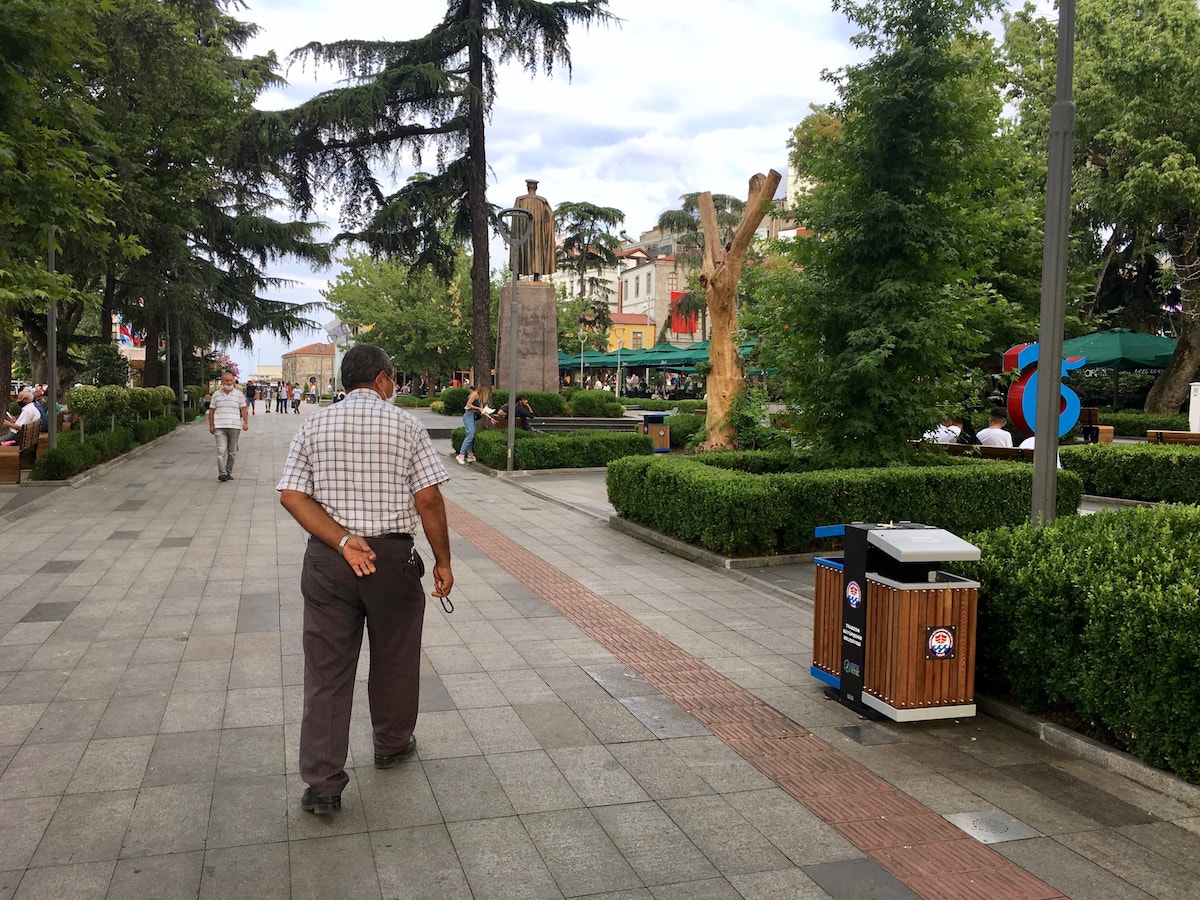
Trabzon Museums
For those hoping to learn about Trabzon’s history and the culture of the Black Sea region in general, the city’s museums would be a good place to start. Sadly, both the Trabzon Museum and Trabzon City Museum were closed during my visit.
Further west, a museum called the Trabzon History Museum was open, but the information was entirely in Turkish. Until they can add some English signage, it’s simply not worth the visit for most foreigners.
In any case, now would be a good time to briefly cover Trabzon’s interesting history.
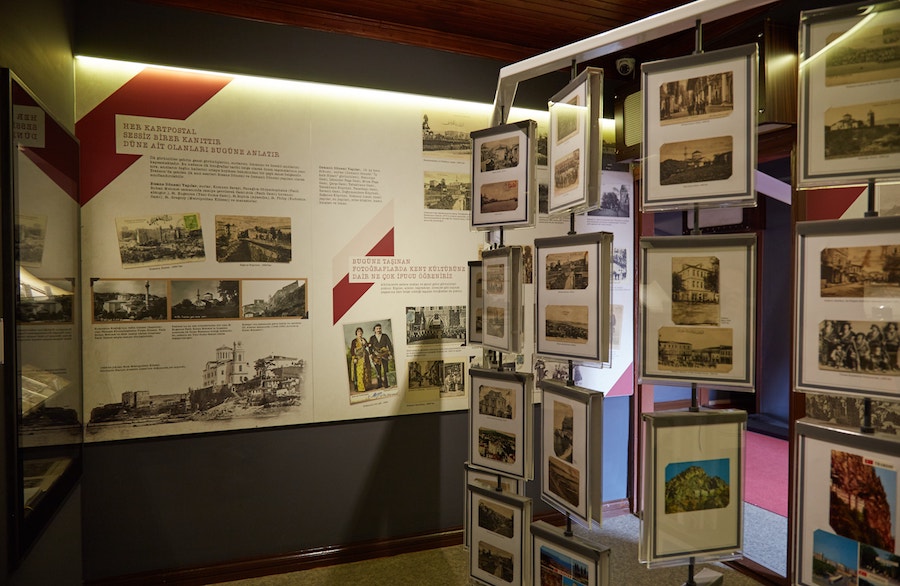
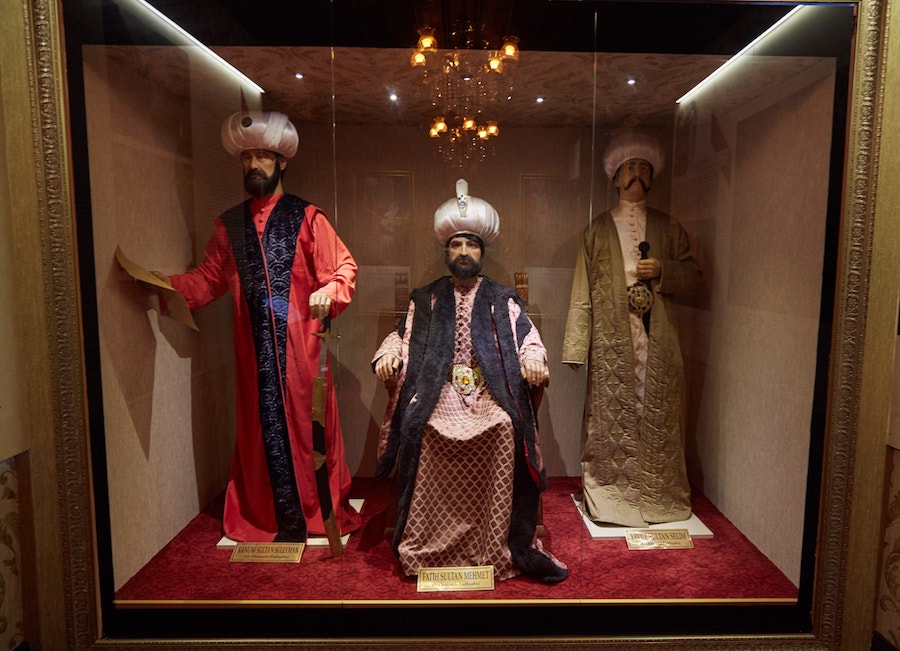
Trabzon dates back to at least the 8th century BC when it was founded by Greek traders from Miletus on the Aegean coast. Later, it was absorbed into the Byzantine Empire before briefly being taken by the Seljuk Turks in the 11th century.
Trabzon, then known as Trebizond, fell back into Christian hands with help from Queen Tamar of Georgia. It was ruled by the Komnene dynasty, a powerful family who’d previously controlled the Byzantine Empire for decades.
But the Komnenes considered Trebizond to be an independent kingdom separate from Byzantium. In fact, since they also controlled parts of southern Crimea, they even referred to it as an empire!
Interestingly, Trebizond managed to survive a full eight years after the fall of Constantinople. It was eventually captured by the Ottomans in 1461.
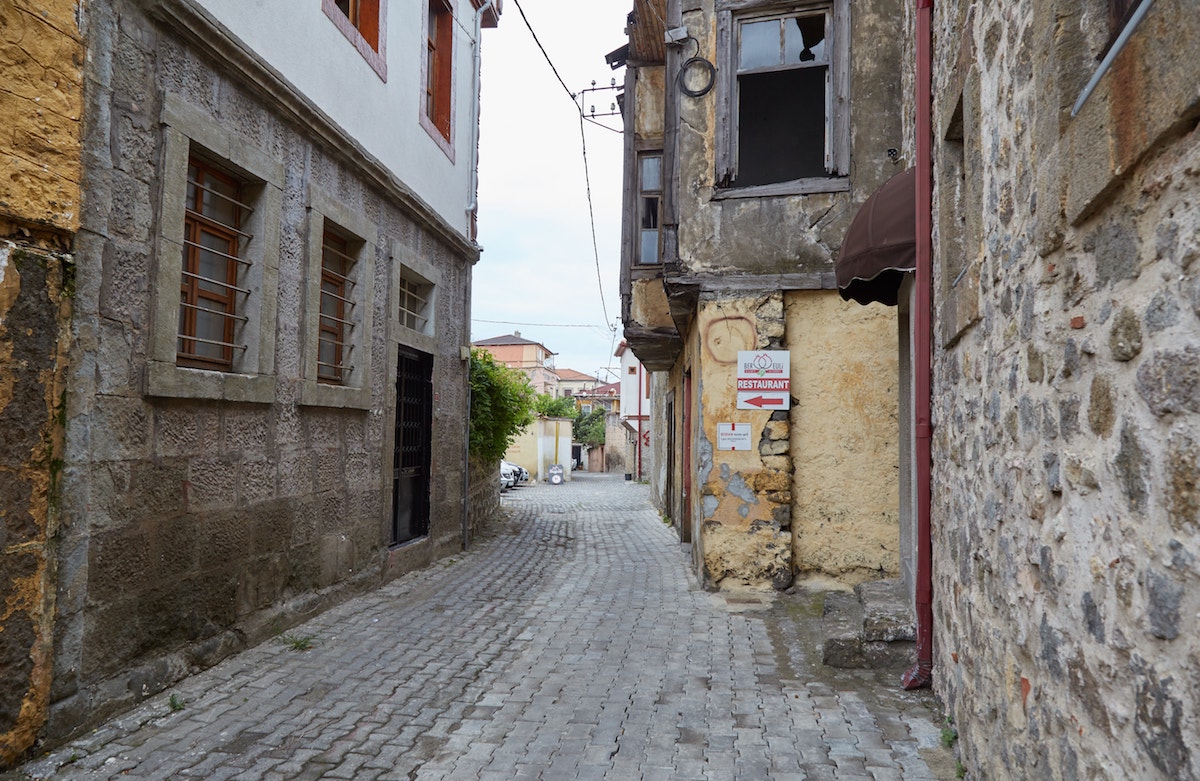
And speaking of the Ottomans, Trabzon happened to be the birthplace of Suleiman the Magnificent, one of the Ottoman Empire’s most influential Sultans. He ruled from 1521-56, and during his reign, the empire was at its zenith in terms of size and prosperity.
However, despite the fact that the most influential Ottoman architect, Mimar Sinnan, worked during Suleiman’s reign, the Sultan never commissioned any major works in his hometown.
Most of Trabzon’s architecture was influenced by the Byzantine and Seljuk styles. And the city also contains numerous buildings once used by the thriving Greek and Armenian communities who inhabited the city until the 20th century.
Zagnos Valley Park
Moving on, make your way further west toward Zagnos Valley Park, the heart of historical Trebizond. The Byzantines, the Trebizond Empire and the Ottomans all made contributions to the old city walls which now surround the modern park.
And presumably, the old Trebizond Palace would’ve been situated around here as well.

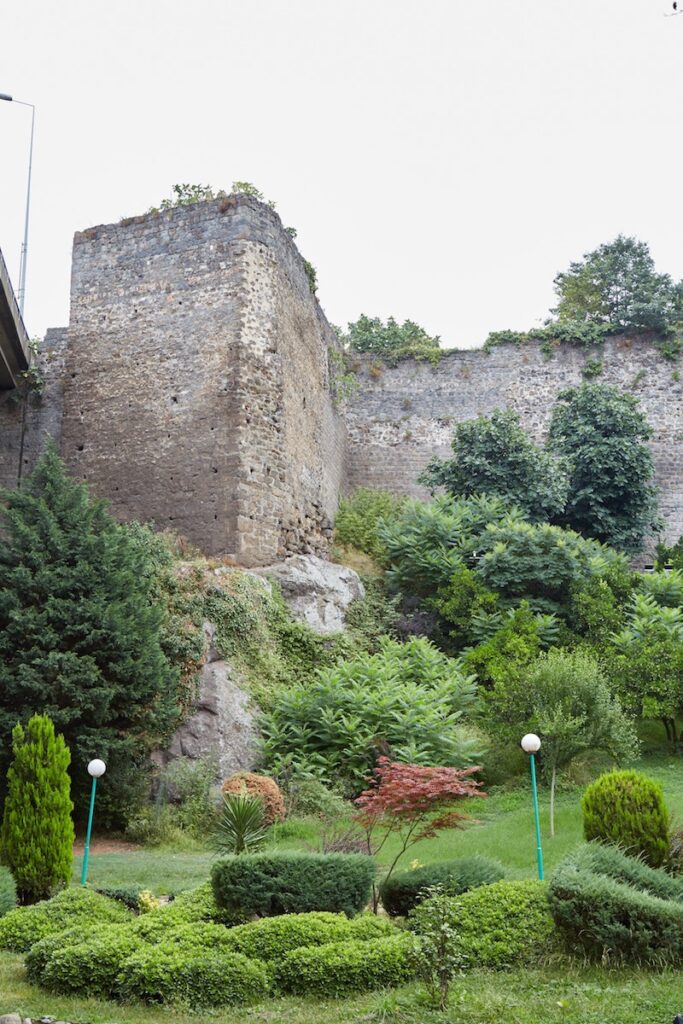
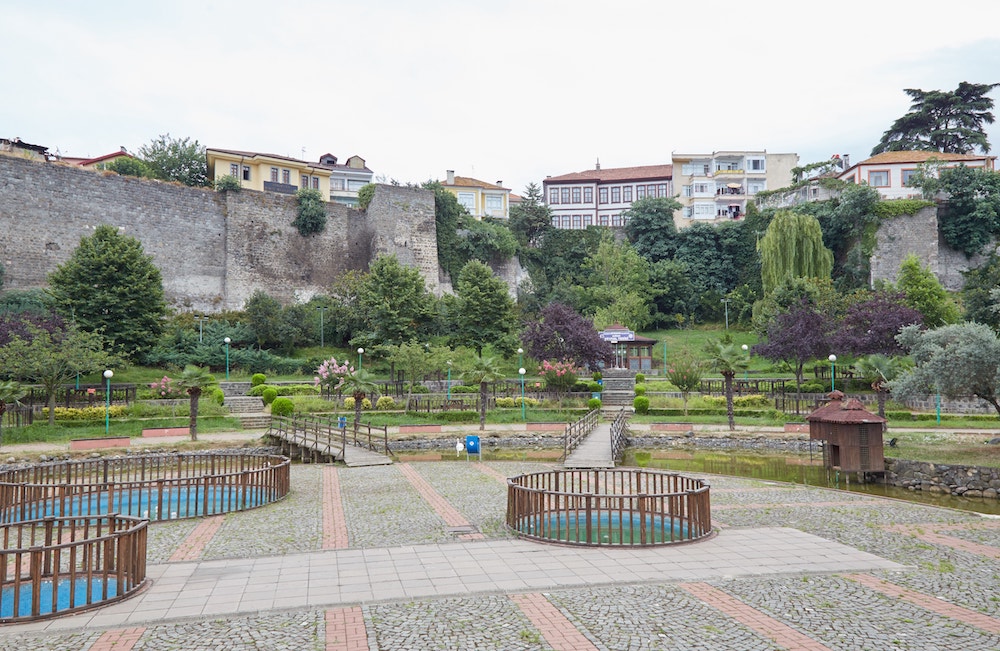

As you explore the park, don’t miss the large aqueduct from early Byzantine times. These fantastic feats of Roman engineering helped transport fresh water across incredibly long distances.
Looking up from here, it appears as if there’s a whole upper section of the fortress to explore. But as far as I could tell, the upper walls are off-limits to visitors.
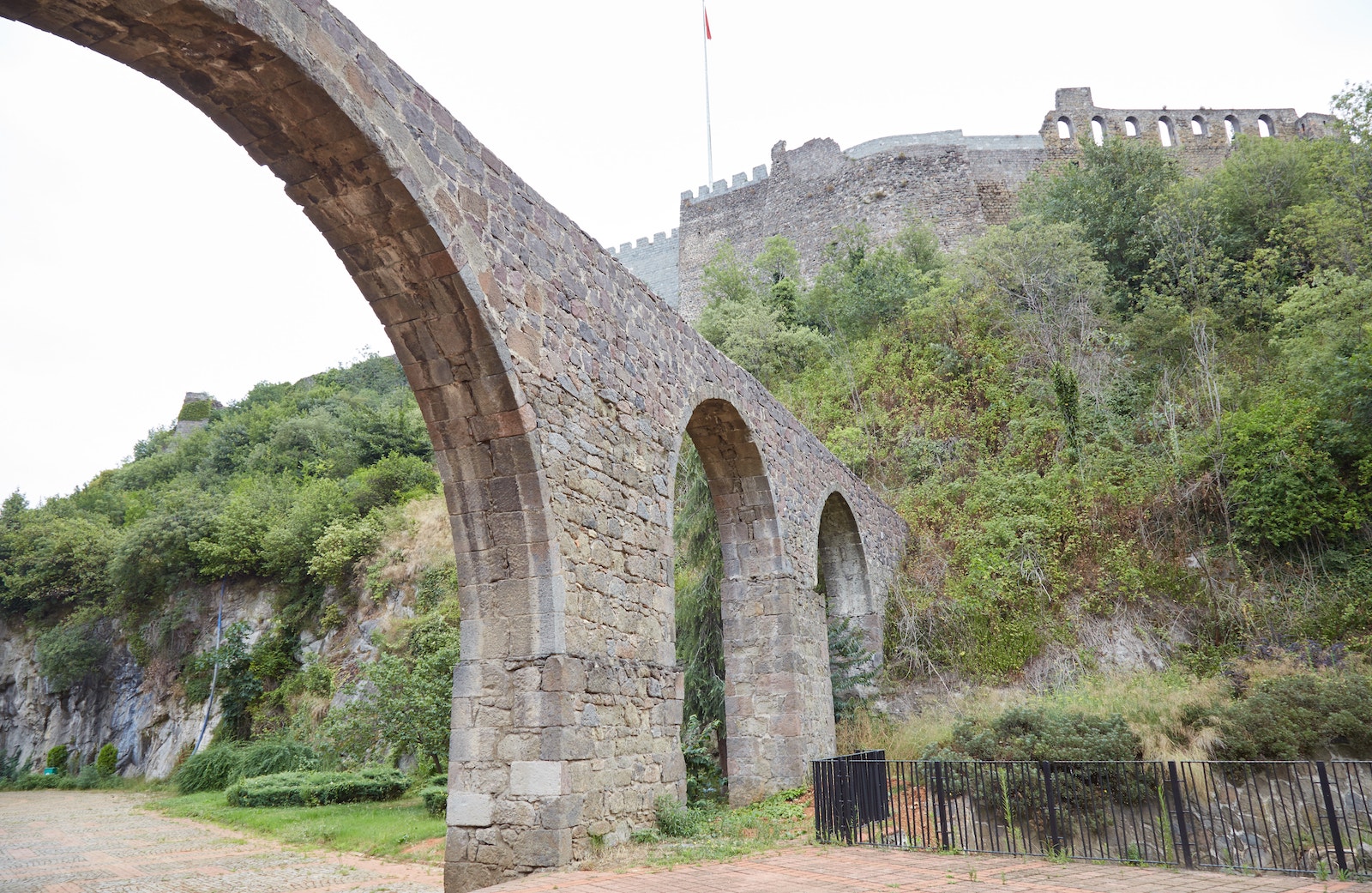
Hagia Sophia
The number one highlight of central Trabzon is, without a doubt, the Hagia Sophia. But it’s best to forget about the name during your visit.
If you’re expecting anything remotely on the scale of the Hagia Sophia in Istanbul, you’re sure to end up disappointed. (This former church, however, is rather similar in size to Istanbul’s ‘Little Hagia Sophia,’ an overlooked landmark not far from the famous one.)
The Hagia Sophia is situated about 3 km outside the city center. If you don’t want to walk, hire a taxi instead. Personally, I found the walk over to be an enjoyable one, as there were plenty of landmarks to spot along the way.
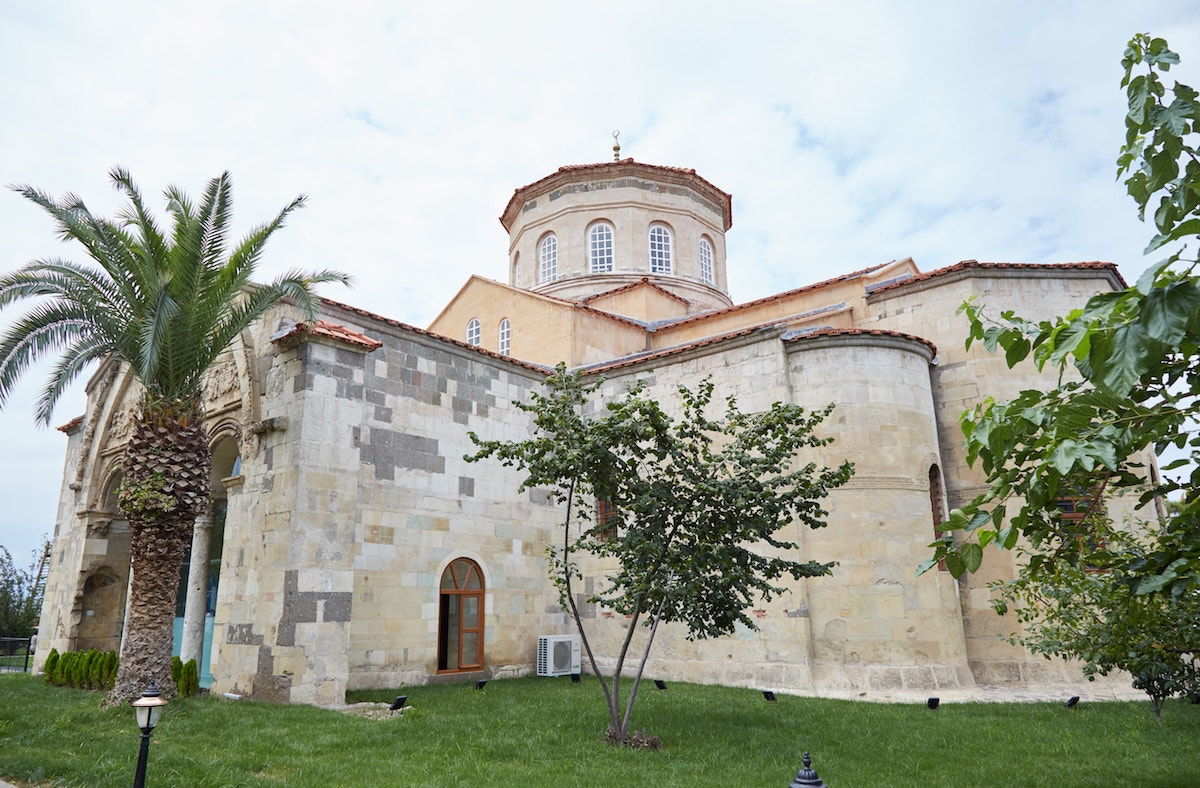
The Hagia Sophia was established in the 13th century by the Trebizond Empire as its flagship church. And like many churches throughout Anatolia, it was later converted to a mosque by the Ottomans in the 15th century. Much later, it was turned into a secular museum in 1964.
But then in 2013, the Turkish government decided to change it back to a mosque. It appears to have been a test run for the highly controversial conversion of Istanbul’s Hagia Sophia in 2020.
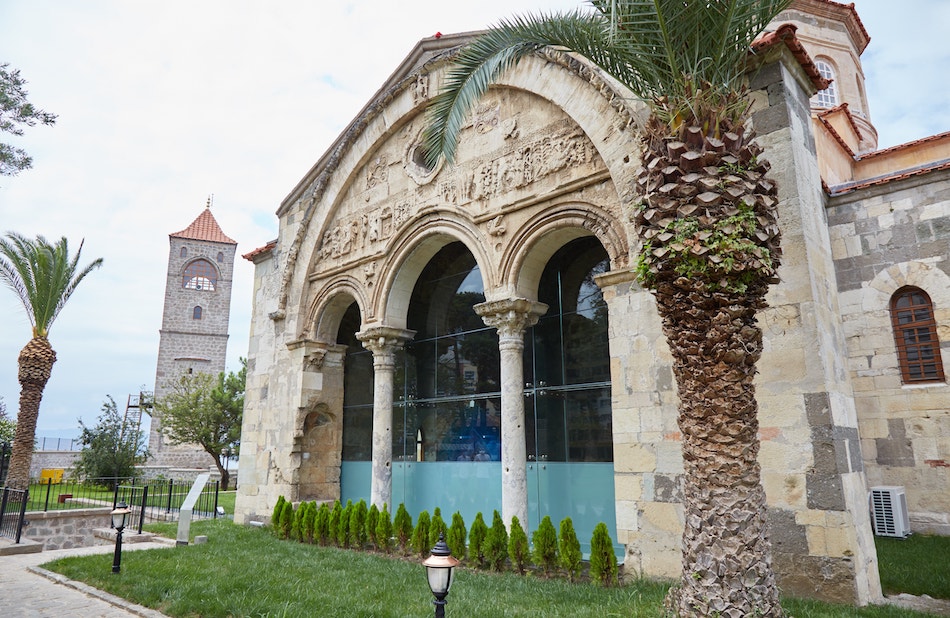

Upon its conversion, the frescoes on the ceiling were entirely obscured by scaffolding, as Islam totally prohibits the depiction of human figures in mosques.
Thankfully, following two years of further restoration, the original artwork is now mostly visible as of 2020. And by total coincidence, the grand reopening happened to coincide with my arrival in Trabzon.
But before stepping inside, I stopped to admire the ancient reliefs of the South Facade. The scenes here largely depict the creation of Adam and Eve. But looking closely, you can also spot some mythical creatures like centaurs and griffins.



The main entrance to the church is over on the north. Stepping inside, you’ll immediately notice how despite being small, the Hagia Sofia is full of detailed and colorful artwork.
Unfortunately, the central dome is obscured by a set of semi-transparent discs in order to keep them hidden during prayer time. It’s at least an improvement over the previous incarnation of the mosque which blocked out the frescoes entirely.


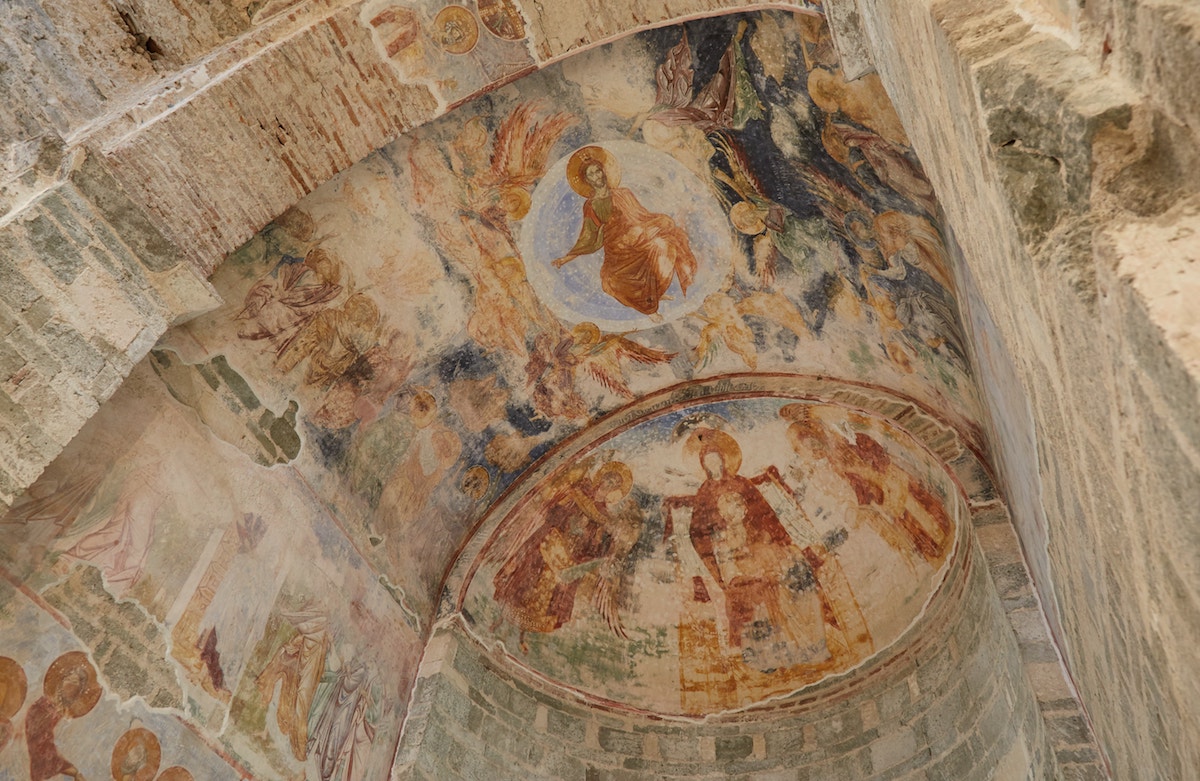
Throughout the compact interior, you can find popular New Testament scenes including the birth, crucifixion and resurrection of Christ. The Last Supper, along with various scenes of Mary, also make appearances.
When the Ottomans took over churches, they typically whitewashed the walls with plaster. As is the case here and at many other Anatolian churches, archaeologists managed to uncover the original art beneath the outer layers – surely a long and arduous task.
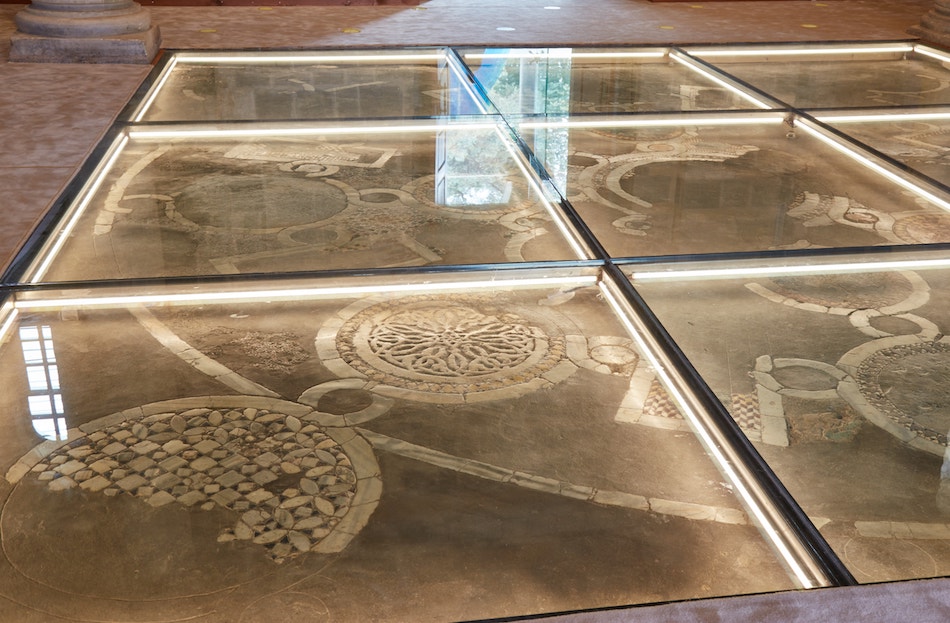


In the center of the main room is a large circular mosaic on the floor, now preserved under protective glass that visitors can walk on. The main Islamic prayer room, meanwhile, is undecorated and faces south.
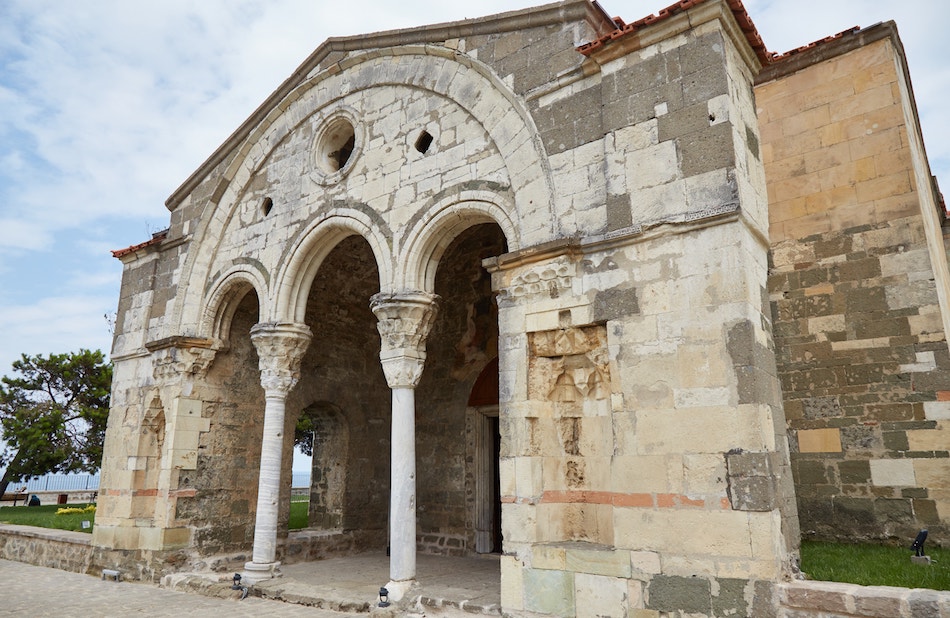
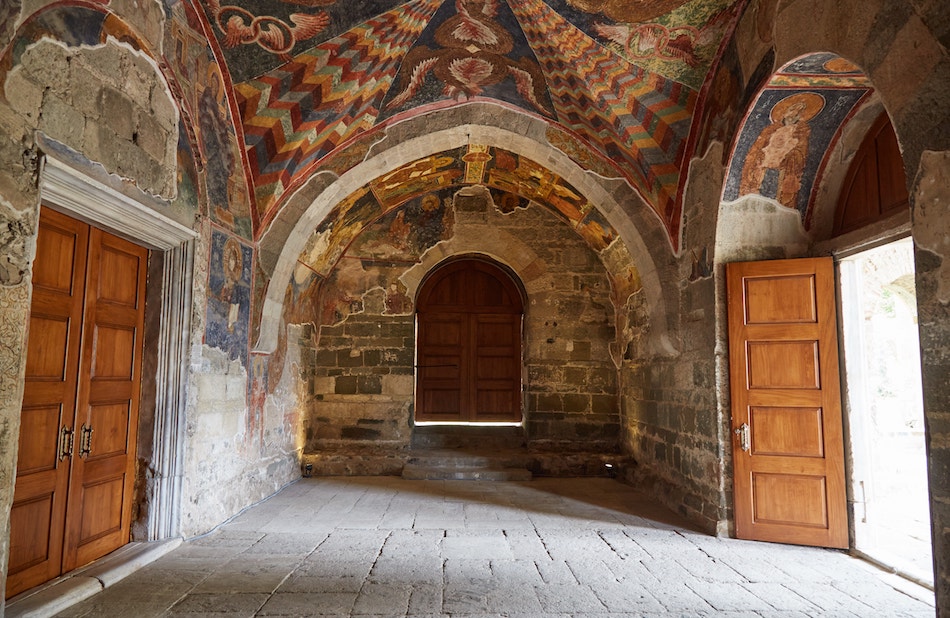

But that’s not all. The narthex (enclosed porch) on the western side has the Hagia Sophia’s best-preserved reliefs, possibly all done by the same artist. They mainly depict the Last Judgement, while various miracles performed by Jesus are shown elsewhere around the porch.
Also around the complex is an impeccably-preserved bell tower built in 1427. And just below it is a collection of Byzantine-era finds unearthed during excavations. On the opposite side, meanwhile, is a collection of Ottoman-era tombstone headpieces.
A platform and even cafe near the church offer decent views of the Black Sea. Somewhere around here, a now lost Apollo Temple built by Hadrian once stood.
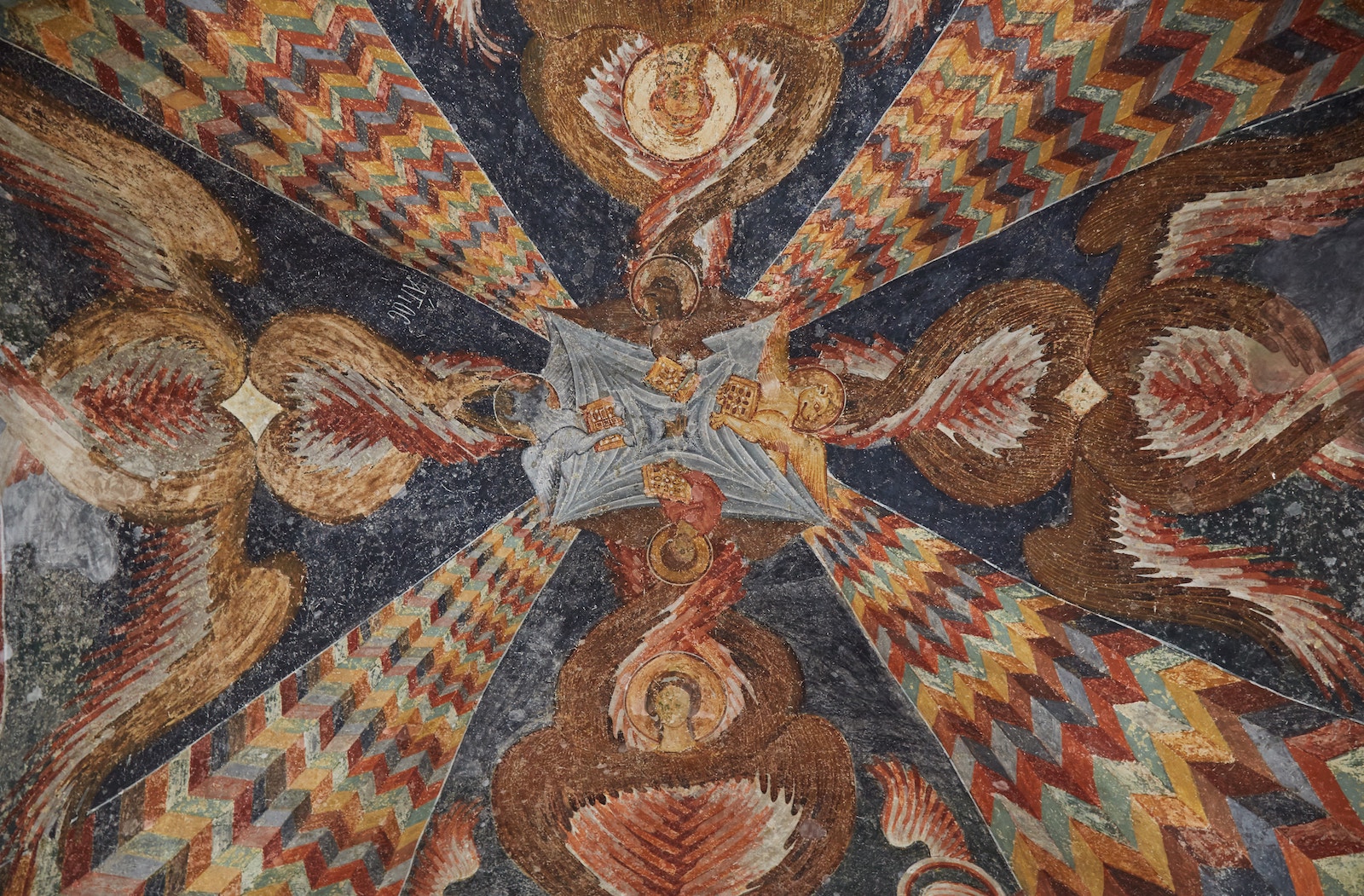
Boztepe
I didn’t end up visiting Boztepe until my last day in town, when I had hours to kill before my long bus ride to Kars. But the trek up the hill turned out to be one of my fondest memories of Trabzon.
Depending on your location, you could try visiting in the morning to have breakfast at the top. Presumably, the views look great around sunset as well.
About three quarters up on the side of the hill is the Kizlar Manistiri, or Girls Monastery. The former convent was closed during my visit, but inside are things like a rock cave church and a bell tower.
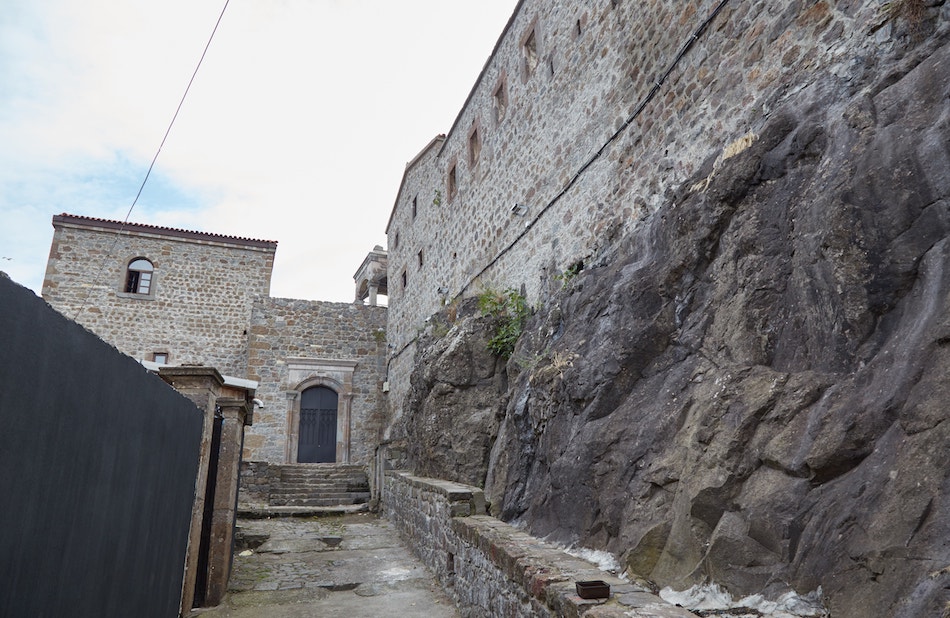


Continuing up to the very top, you’ll be rewarded with excellent unobstructed views of the city center and the Black Sea. There’s a cafe up here as well, and you can overlook the whole of Trabzon as you sip some coffee.
Finding your way up is fairly easy from the city center, but it requires traversing a confusing labyrinth of narrow residential streets. A combination of Google Maps and local street signs will help you find your way.
If you don’t want to make the climb on foot, a main road runs right along the hilltop and a taxi should be able to take you there.

More Around Central Trabzon
There are several other landmarks to see around town not covered in the Trabzon guide above.
St. Anne’s Church is Trabzon’s oldest church, dating back to the 7th century. After much effort to locate it (the Google Maps pin is completely off), I found it covered by scaffolding.
In any case, its interior is said to lack any frescoes.
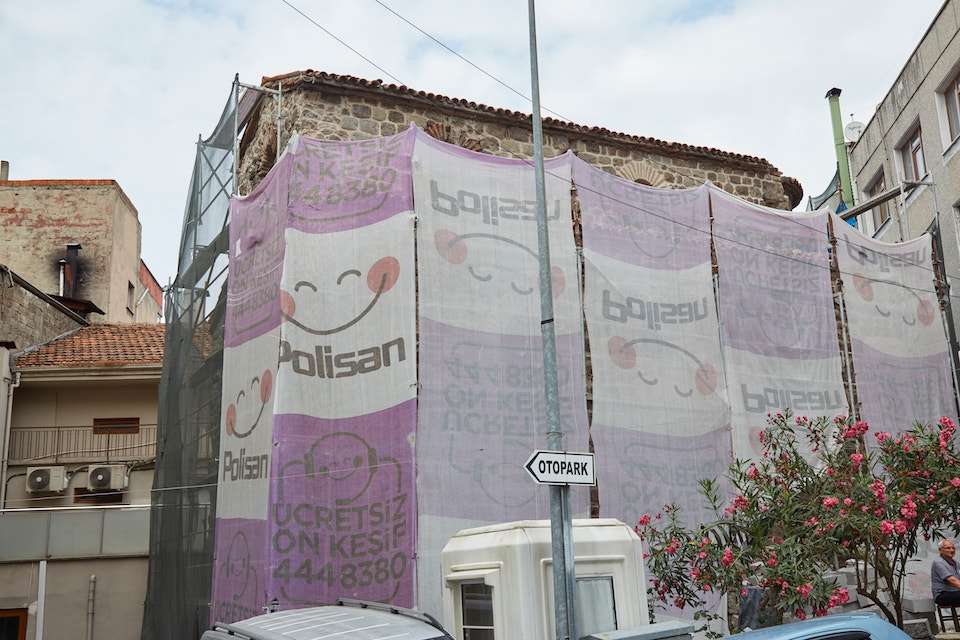

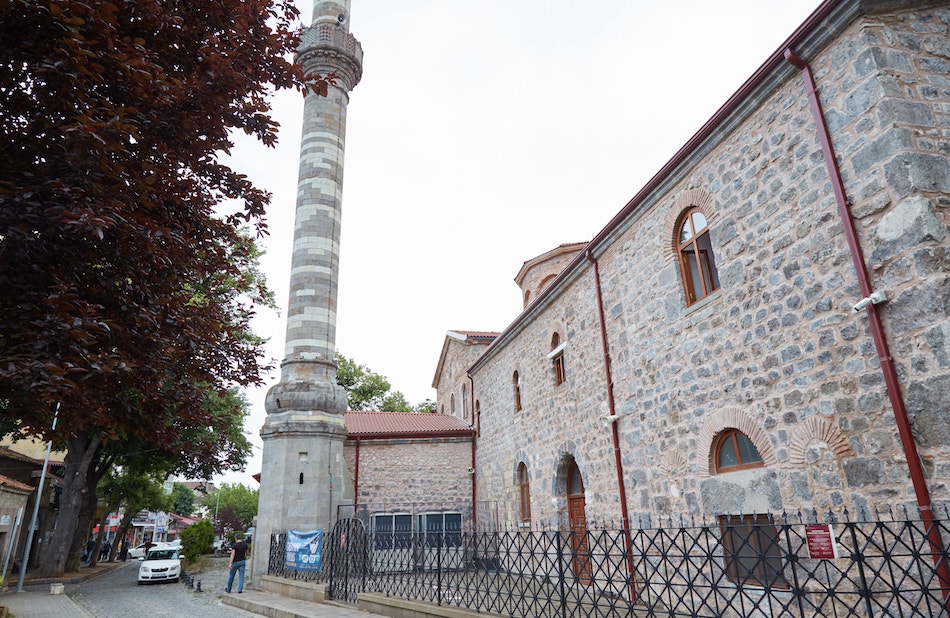
During your walk around town, you can also check out the Ortahisar Fatih Buyuk Cami. The mosque was a former Byzantine church from the 10th century.
There are also many other mosques around town, such as the Gulbahar Hatun Cami in Atapark which contains the tomb of Suleiman’s grandmother.
Additional Info
If you’re visiting Trabzon from within Turkey, the two main ways to visit the city are by plane or by bus. Trabzon International Airport (TZX) has regular flights between major cities like Istanbul, Ankara and Izmir.
Trabzon is the biggest city in Turkey’s northeast and there are direct buses coming in from all over the country.
When it comes to buying long-distance bus tickets in Turkey, you have a number of options. The major bus companies, like Metro or Kamil Koc, often have offices in the city center where you can buy tickets in person. They may even offer a free shuttle bus from the city center to the otogar (bus terminal).
Of course, you can also visit the otogar itself to purchase your ticket in advance or on the day.
And you can also purchase tickets online, but it’s not totally straightforward for foreigners. There are so many different bus companies in Turkey, but I noticed that none of the online booking web sites showed all the different choices.
To see all of the options, you’ll have to check multiple sites. For example, I recommend checking both the Biletall and Obilet sites to see the full range of choices. The web site Busbud.com is also a very foreigner friendly site for booking bus tickets, but they don’t seem to feature all the companies either.
Note that at the time of writing in the coronavirus era, online booking sites will ask for an (Hayat Eve Siga) HES code. You can get this via an app but only once you get your Turkish SIM card.
As for those visiting Trabzon from Georgia, you can take a direct bus from the Sarpi border crossing with Batumi. But if you don’t see one, you’ll have to negotiate with the local taxi mafia for a ride to the nearest town of Hopa. From there you should easily find a coach bus to Trabzon and the ride should last about 3 hours.
The most convenient place to stay in Trabzon would be somewhere nearby Meydan Park. This gives you easy walking access to all of the locations mentioned above, and there are plenty of restaurants and tour agencies around here as well.
However, when looking online, you’ll likely notice how few central hotels are actually listed on sites like Hotels.com or Booking.com. Strangely, all across Turkey, many hotels don’t bother to have any sort of online presence.
The cheapest private room I found on Hotels.com was a hotel called Bordo Hotel. It was about 15 minutes on foot from the otogar (bus terminal), and twenty minutes on foot from the city center.
This worked out well for me because I was arriving overland from Georgia and didn’t have a SIM card upon my arrival. I liked the idea of being able to just walk to the hotel.
Bordo is situated in an ugly part of town, along a main highway where there’s nothing but auto parts shops. But the location was walkable enough from the center, and my room was surprisingly quiet. The downsides were lack of English spoken by the staff, no laundry service and no breakfast (the cafe area was being renovated).
I was paying 90 TL a night, which during my stay, was around $13 or $14. But with the Turkish lira in freefall, local prices in Turkey are constantly changing.
The Trabzon city center is largely walkable.
There are dolmuşes (minibuses) connecting the city center with the otogar (bus terminal).
For destinations outside the city, such as Sumela Monastery and Uzungol, you’ll have to take either a private or public bus.
Trabzon is one of the most popular destinations in the eastern half of Turkey – a part of the country that relatively few tourists venture to.
I found the city pleasant to explore. And in my case, having just arrived overland from Georgia, it made for a good initial impression of Turkey (though I’d visited other parts years prior).
But now having traversed every corner of the country, Trabzon hardly stands out in my mind when I look back at everything I saw and did.
If you’re more of a history or archaeology enthusiast, there are so many more interesting places to visit in eastern Turkey if you don’t have unlimited time. If you can only visit a few parts of the east, I’d much more highly recommend the southeastern part of the country (Van, Mardin, Urfa, etc.) over the Black Sea coast.
If I had to sum up the Black Sea region in a few words, it would be ‘pleasant but a bit bland.’ Many people, of course, visit the Black Sea region specifically for its lush greenery, cooler weather, and for trekking opportunities. If that’s what you’re looking for then by all means, go ahead and visit.
While the Turkish government isn’t quite as extreme as China when it comes to online censorship, you’ll probably want a decent VPN before your visit.
I’ve tried out a couple of different companies and have found ExpressVPN to be the most reliable.
Booking.com is currently banned in the country (at least when you search for domestic accommodation). However, there are actually quite a few Turkish hotels listed on there anyway. And many them don’t even appear on Hotels.com, which isn’t banned in the country.
Over the course of my trip, I ended up making quite a few reservations with Booking.com and was really glad I had a VPN to do so.
Another major site that’s banned is PayPal. If you want to access your account at all during your travels, a VPN is a must.
While those are the only two major sites that I noticed were banned during my trip, Turkey has even gone as far as banning Wikipedia and Twitter in the past.
